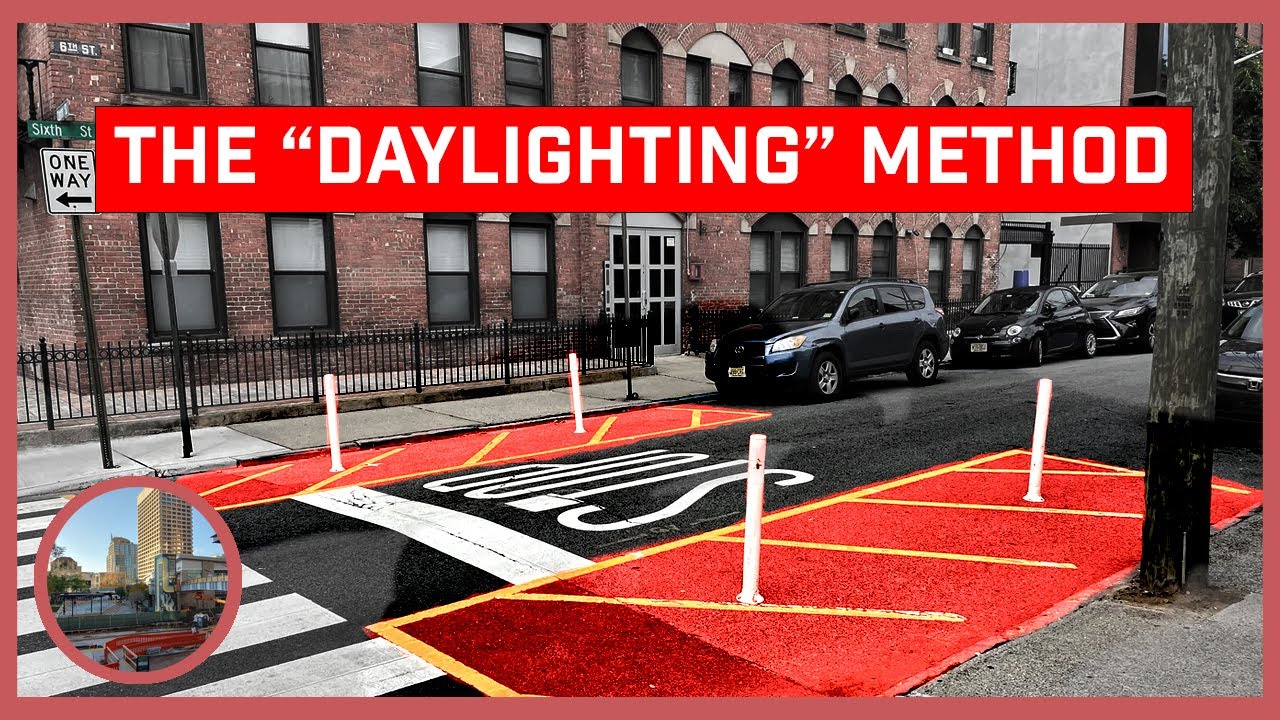- cross-posted to:
- urbanism@slrpnk.net
- cross-posted to:
- urbanism@slrpnk.net
So, the answer is basically “Because the city government decided they didn’t want pedestrians to die, and acted accordingly.”
Yes it’s really that simple.
When Oslo and Helsinki achieved the same thing, it didn’t start with people asking for visible crossings or bicycle lanes. It started with people voting in a government that promised to get rid of pedestrian deaths. The actual plans and design followed.
People might dismiss and argue for or against specific solutions, but I think we can all agree that pedestrian deaths are bad, so it shouldn’t be difficult to get started, regardless of who is running the government.
The problem I’ve experienced in the US is that the local governments will voice support for this goal, claim they are pursuing it, but then just not implement really easy and basic solutions because of their fear of backlash.
Yes, that’s not US specific though. Politicians everywhere will promise everybody what they ask for and do nothing about it. Stuff like this is very localised, so it is a good idea to pay attention or even get involved with local politics, even if it’s less exciting than the presidential election.
It is somewhat US specific since the US is more dependent on cars than a lot of European places for example. That makes it harder to make changes that impact car owners negatively.
With a title like this, it’s kind of disappointing that the answer is just “good infrastructure planning” and not something like “the land is cursed such that all who walk upon it shall rise again forever more.”
Haha I think it’s kind of exciting that it’s something so simple. It’s also something that I’ve been complaining about in my city for years, even before I got into urbanism. It’s just such an obviously good idea to ban parking on the corners.
Welcome to Europe




